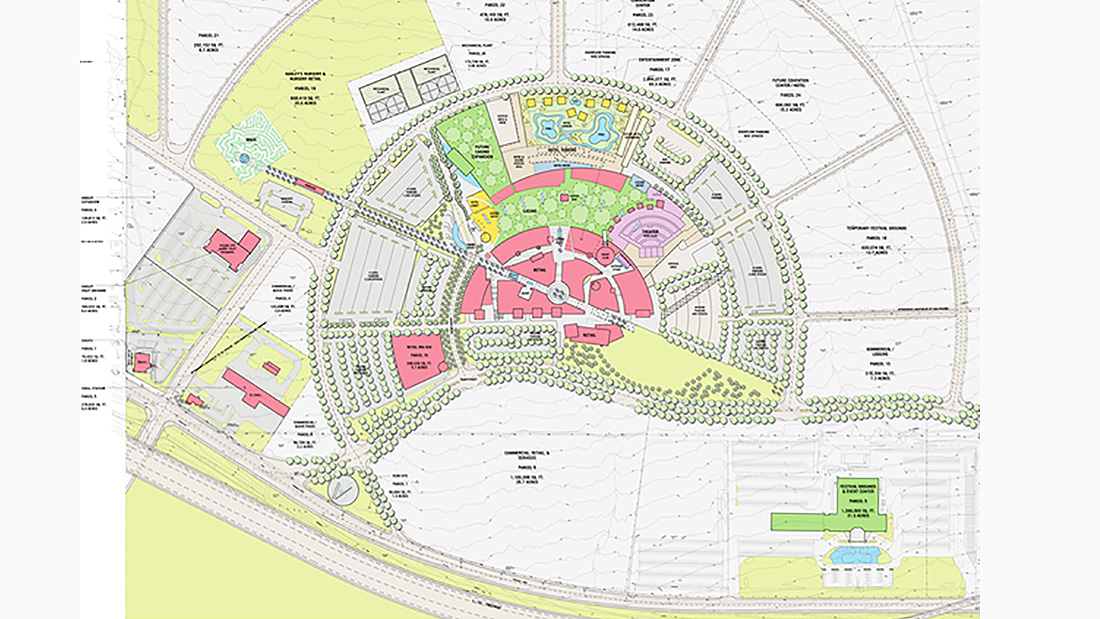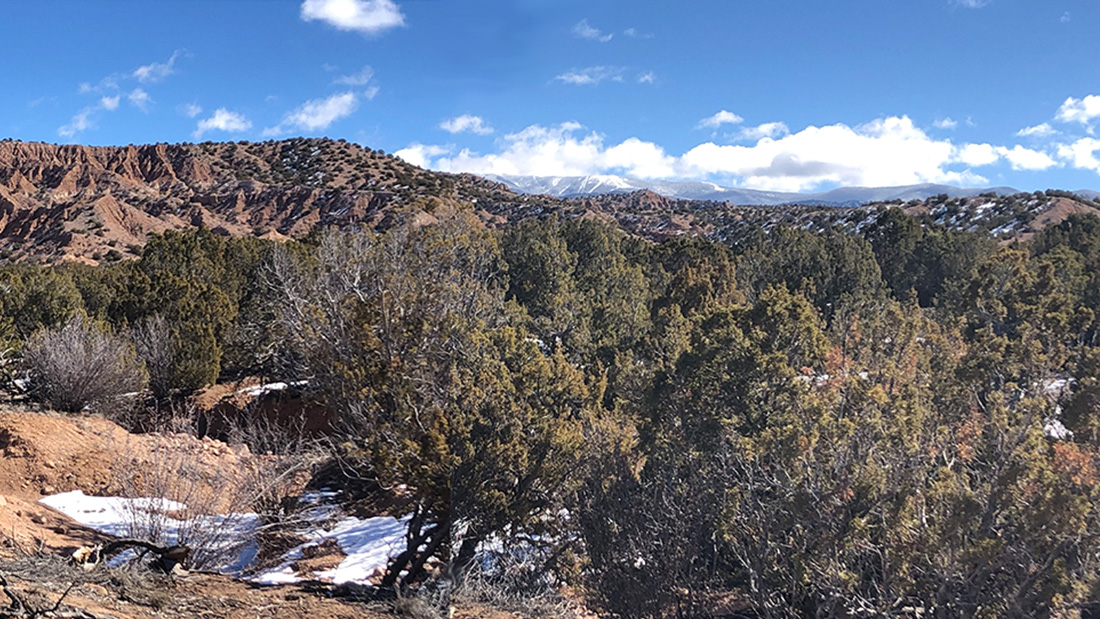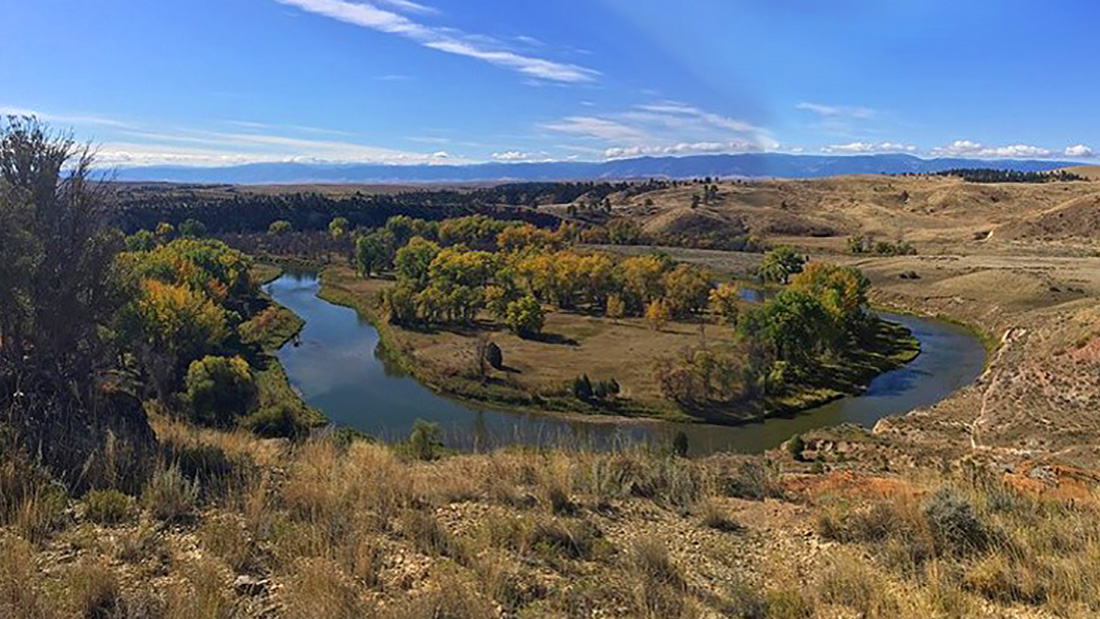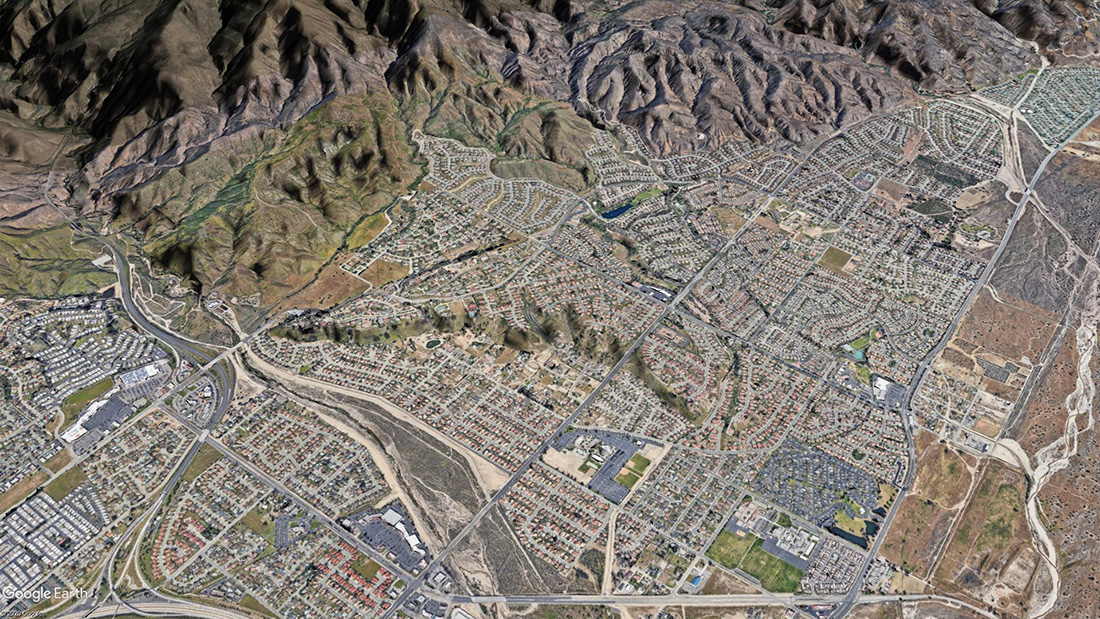Economic Development Plan – Tribal Lands
Morongo Band of Mission Indians | As land development consultants, StoneCreek Partners prepared a tribal economic development plan for the Morongo Indian reservation that encompasses almost 50 square miles of land. The work occurred at a time when tribal gaming operations were housed in a temporary prefabricated building situated in Cabazon (California) along Interstate 10 on the periphery of Palms Springs. The economic development plan included an analysis of regional economic growth by sectors, the feasibility of potential business projects, and the specific suitability and infrastructure availability throughout the reservation.
The tribal economic development plan included a master plan and land development strategy for all lands along the interstate that leads in and out of Palm Springs. Phase 1 conceptual plans included relocation of the tribe’s existing casino into the heart of a new master-planned development. Casino Morongo Resort & Spa, a 304-room hotel with 113,000-square-foot casino, was subsequently constructed by Perini Building Company. With its grand opening in 2004, the Morongo destination gaming resort became one of the largest tribal gaming facilities in the U.S. The Morongo Indians had their start in the gaming business in 1983, when tribal members started a bingo hall.
The Morongo Indian Reservation was established in 1876, one of nine reservations created by a Presidential executive order of President Ulysses S. Grant.





